Why Should We Learn Python for Data Science?The popularity of the programming language Python continues to rise. Python is a high-level language that prioritizes readability over complexity. It is the preferred language of researchers as well as programmers due to its simple indentation system. 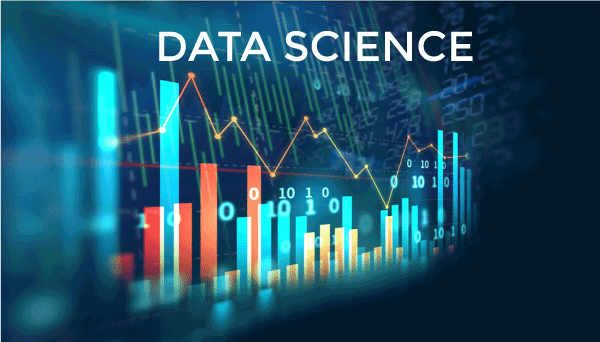
This is why it's worth studying to program in Python in order for a way to master data manipulation in any way or form. Why learn Python for data science?Python is one of the most widely used programming languages worldwide. Its situation at the first spot on the list of dialects for coding is affirmed by its enthusiastic local area of students and clients, who are expanding continuously. Python's ease of use and adaptability are the primary reasons for its popularity. Because of the complexity and difficulty of programming languages like C++, Java, and Lisp, people in the 2000s were terrified of programming. 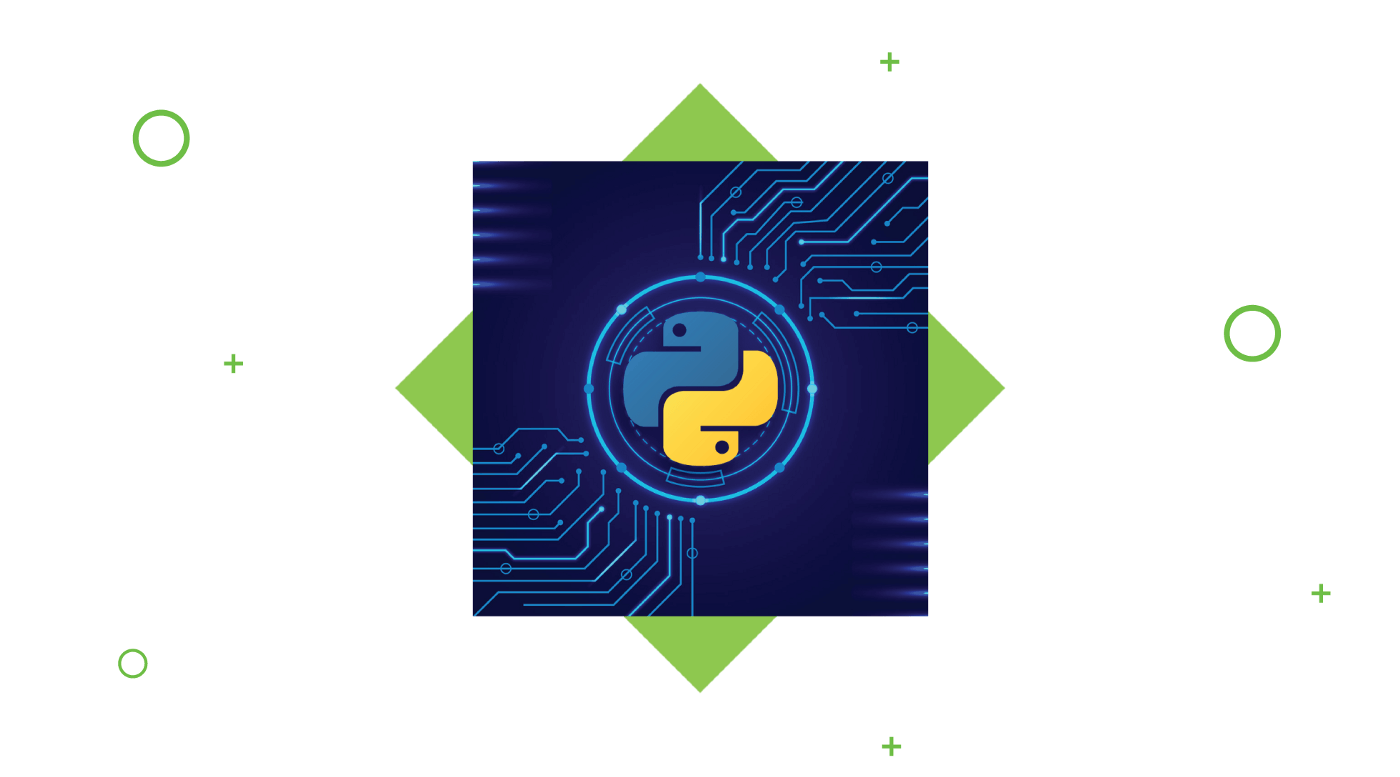
Data exploration could be considered the younger sibling of data analysis. The cycle includes dissecting the information looking for basic examples and attributes that are shared. However, data exploration does not yield significant insights from the data; rather, it is used to assist scientists in comprehending the larger picture and the procedure that must be followed. R was made to achieve this in-constructed, while Python can accomplish comparative outcomes by utilizing outsider libraries. We can make use of Python's numerous libraries to explore our data without having to start from scratch. We can sort, filter, and present data sets and collections, for instance, with Pandas. Is Python Better than R for Data Science?Be that as it may, R is likewise more factual. R is an excellent tool for performing statistical tests as well as filtering and displaying data. DataFrame, matrices, and vectors are examples of built-in R data types. These features are not included by default in Python. However, these libraries are utilized by data scientists. NumPy as well as the Pandas libraries. Additionally, these libraries are built on top of the C programming language, allowing them to process large datasets much more quickly than R. Data ExplorationData exploration could be considered the younger sibling of data analysis. The cycle includes dissecting the information looking for basic examples and attributes that are shared. However, data exploration does not yield significant insights from the data; rather, it is used to assist scientists in comprehending the larger picture and the procedure that must be followed. R was made to achieve this in-constructed, while Python can accomplish comparative outcomes by utilizing outsider libraries. The initial step in data analysis is known as data exploration. To better comprehend the nature of the data, data analysts employ data visualization and statistical methods to describe dataset characterizations like size, quantity, and accuracy. The visual exploration and identification of relationships between various data variables, the structure of the dataset, the presence of outliers, and the distribution of data values to reveal patterns and points of interest enable data analysts to gain greater insight into the raw data. Data exploration techniques include both manual analysis and automated data exploration software solutions. We can make use of Python's numerous libraries to explore our data without having to start from scratch. We can sort, filter, and present data sets and collections, for instance, with Pandas. 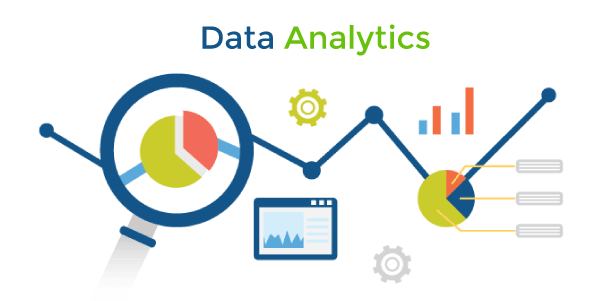
Be that as it may, R is likewise more factual. R is an excellent tool for performing statistical tests as well as filtering and displaying data. DataFrame, matrices, and vectors are examples of built-in R data types. These features are not included by default in Python. However, these libraries are utilized by data scientists. NumPy as well as the Pandas libraries. Additionally, these libraries are built on top of the C programming language, allowing them to process large datasets much more quickly than R. Utilizing Excel's CORREL() function to return the correlation, you can determine the relationship between two continuous variables. To distinguish the relationship between's two all out factors in Succeed, the two-way table technique, the stacked section graph strategy, and the chi-square test are compelling. Business intelligence tools, software for data visualization, vendors of software for data preparation, and platforms for data exploration are all examples of proprietary automated data exploration solutions. There are likewise open-source information investigation devices that incorporate relapse abilities and representation highlights, which can help organizations, coordinate different information sources to empower quicker information investigation. Most information examination programming incorporates information perception apparatuses. Statistical ModellingAfter collecting and analysing our data, it's a moment to develop a suitable model. The process of creating a model, which is an abstract set of rules defining the relationship between data elements, typically with reference to the physical world, is known as modelling data. Machine learning is the process of using models to make predictions about data that cannot be seen. With a little effort, you can create custom data modelling using the programming language Python. Interestingly, and like information investigation, we could utilize programming from pre-fabricated Python libraries to construct our model. NumPy, for example, can be used to create numerical data models, and scikit-learn can be used to implement machine learning algorithms. Because R's primary functionality does not permit modelling, we will need to rely on other packages in order to achieve results that are comparable to its. 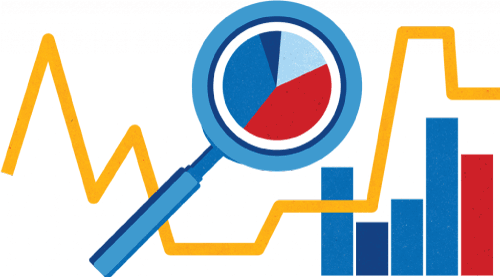
Both R and Python are capable of statistical modelling. R, on the other hand, is meant for static analysis and writing papers and reports. To carry out the model and permit it to be utilized in live dynamic inside a site or application. This is because Python is a genuine programming language that can be used for a variety of purposes. In this manner, it tends to be utilized with programming systems that utilize Python, including Django or Jar. Python is unable to perform modelling (linear models) without the use of additional packages. Using graphs, charts, plots, and maps to display your results, data visualization, as the name suggests, visually represents data. Even though it may appear straightforward at first, data visualization is a very delicate process because poor visualizations can produce results that are unclear or confusing. 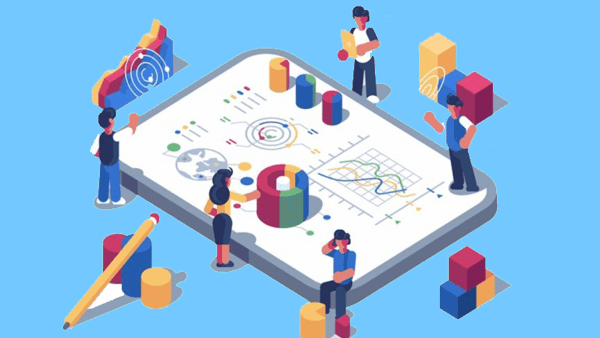
Python has modelling deployment tools and is generally regarded as effective in the field of data exploration. However, it is possible to produce charts and graphs that reflect our results by utilizing some of Python's other external libraries, such as Matplotlib and Seaborn. However, working with Python in the visualization of data is slightly more challenging than working with R. Since it was made to show the results of statistical analysis, data visualization is one of R's best features. Graphic designs that are clean and neutral are therefore simple to create. Is Python Essential for Data Science?In order to pursue a career in data science, we will need to be proficient in at least one of two languages, either Python or R. If users are already accustomed to working with Python and R, it is recommended that they investigate this language first. Python, on the other hand, is a good place to start for beginners due to its adaptability. However, if we choose to disregard Python and R, we might miss out on numerous significant career opportunities. Additionally, we might be wasting time and effort figuring out solutions to issues that Python would not have allowed. Python is very versatile and obliging - - two qualities essential in taking care of tremendous measures of information regularly. We will be able to manipulate our data in the way we require using a variety of algorithms if we choose to use the appropriate syntax and structure. This is a troublesome undertaking in additional unbending dialects, which expects us to dominate totally new methods before we can apply another sort of activity or calculation to our information. Python can develop with our advancement. We can begin utilizing databases and analyzing them even as novices with only a few months of Python experience and the assistance of the numerous online tutorials. We will be able to use the numerous online Python libraries to save time and effort when we are more proficient. What's more, that we can make ourselves our circles and conditionals and punctuation to eliminate time spent working and code volume and simplify it to examine and address our code for botches from now on. In our mission to dominate Python, it is significant to take courses and classes represented considerable authority in instructing Python to information researchers. Depending on the application and our industry, Python will require the most specific capabilities. There are numerous web-based sources to dominate Python at no expense. Furthermore, we do not require any software or device to begin learning. All we'll require is Python source code and a proof-reader for code. They can all be downloaded and used for free, and they are all easily accessible. |
 For Videos Join Our Youtube Channel: Join Now
For Videos Join Our Youtube Channel: Join Now
Feedback
- Send your Feedback to [email protected]
Help Others, Please Share










